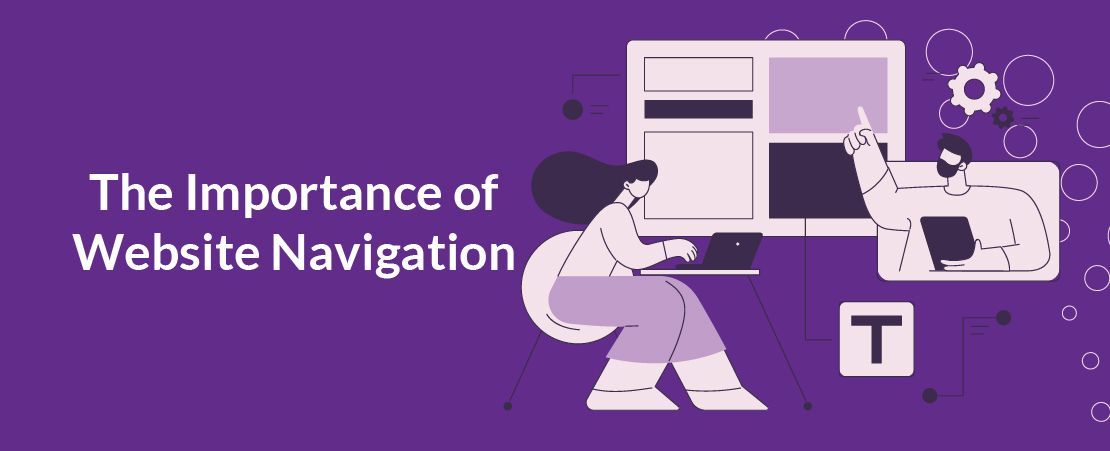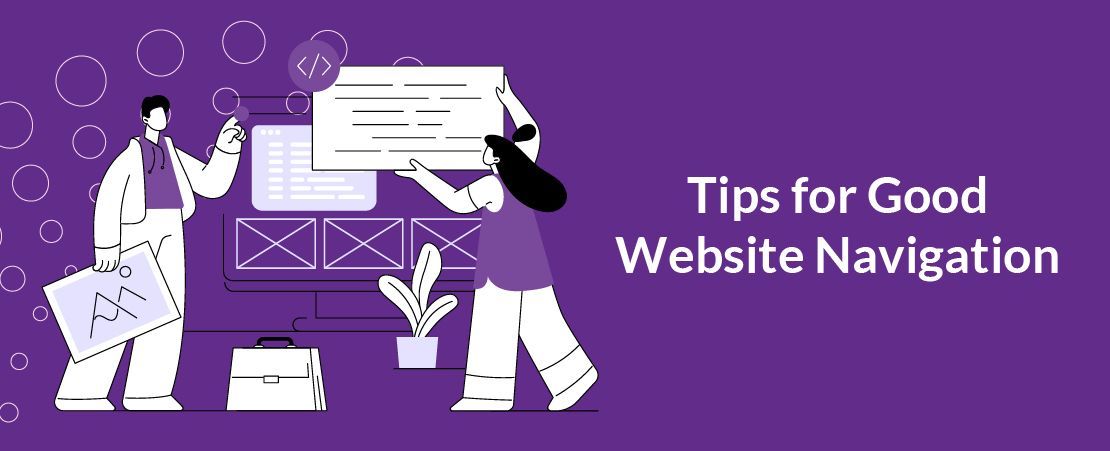Navigating Success: The Importance of Website Navigation for Small Businesses
A well-designed Website is essential for Small Businesses to attract and retain Customers. While attention is often focused on eye-catching visuals and compelling content, the importance of Website navigation cannot be overstated.
Effective navigation ensures that visitors can easily find the information they need, leading to a positive user experience and increased engagement. How do you accomplish this? Stay with us and find out!

The Importance of Website Navigation:
Enhanced User Experience: Intuitive navigation makes it easy for visitors to navigate your Website, find relevant content, and complete desired actions. A seamless user experience encourages longer dwell times, reduces bounce rates, and increases the likelihood of conversions.
Improved Search Engine Optimization (SEO): Clear and organised navigation structures not only benefit users but also search engines. Search engine crawlers rely on Website navigation to index and rank pages effectively.
Well-structured navigation can improve your Website's SEO performance and visibility in search engine results.
Increased Engagement and Conversions: By making it easy for visitors to access relevant content and product/service offerings,
you can drive engagement and conversions, ultimately boosting your business's bottom line.
Builds Trust and Credibility: A well-organised and professional-looking navigation menu instils confidence in visitors and enhances your brand's credibility. Clear navigation
signals that you value user experience and professionalism, fostering trust and positive perceptions of your Small Business.

Tips for Good Website Navigation:
Simplify the Menu Structure: Keep your navigation menu simple and concise, with clear categories and labels that reflect your Website's content and hierarchy. Avoid overwhelming visitors with too many menu items or submenus, as this can lead to confusion and frustration.
Use Descriptive Labels:
Choose descriptive and user-friendly labels for your navigation menu items that accurately reflect the content or destination of each page.
Use common terminology that users are familiar with and avoid jargon or industry-specific terms that may confuse them.
Prioritise Important Pages:
Place the most important pages or sections of your Website, such as your homepage, products/services, about us, and contact us pages, prominently in the navigation menu.
Use visual cues such as font size, colour, or positioning to highlight key menu items.
Implement Clear Call-to-Action (CTA) Buttons:
Include prominent CTA buttons in your navigation menu to encourage users to take specific actions, such as making a purchase, signing up for a newsletter, or contacting your business.
Use actionable language that prompts users to act, such as "Shop Now" or "Get Started."
Ensure Consistency Across Devices:
Optimise your navigation menu for mobile devices to ensure a seamless experience across desktops, smartphones, and tablets.
Use responsive design techniques to adapt the menu layout and structure for different screen sizes and resolutions.
Include Search Functionality:
Incorporate a search bar in your Website's navigation menu to
allow users to quickly search for specific content or products. Ensure that the search function is easy to access and provides relevant results based on user queries.
Monitor and Iterate: Regularly monitor user behaviour and feedback to identify areas for improvement in your Website navigation.
Use analytics tools to track navigation patterns, click-through rates, and user engagement metrics, and make adjustments as needed to optimise the user experience.
Website navigation is a critical aspect of Small Business Websites that directly impacts user experience, SEO performance, engagement, and conversions.
By implementing clear, intuitive, and user-friendly navigation practices, Small Businesses can enhance the usability of their Websites, build trust with visitors, and drive business success online.
Take the time to evaluate and optimise your Website navigation to ensure that it aligns with your business goals and meets the needs of your target audience effectively. With a well-designed navigation structure, your Small Business Website can become a valuable asset for attracting and retaining Customers in today's competitive digital landscape










